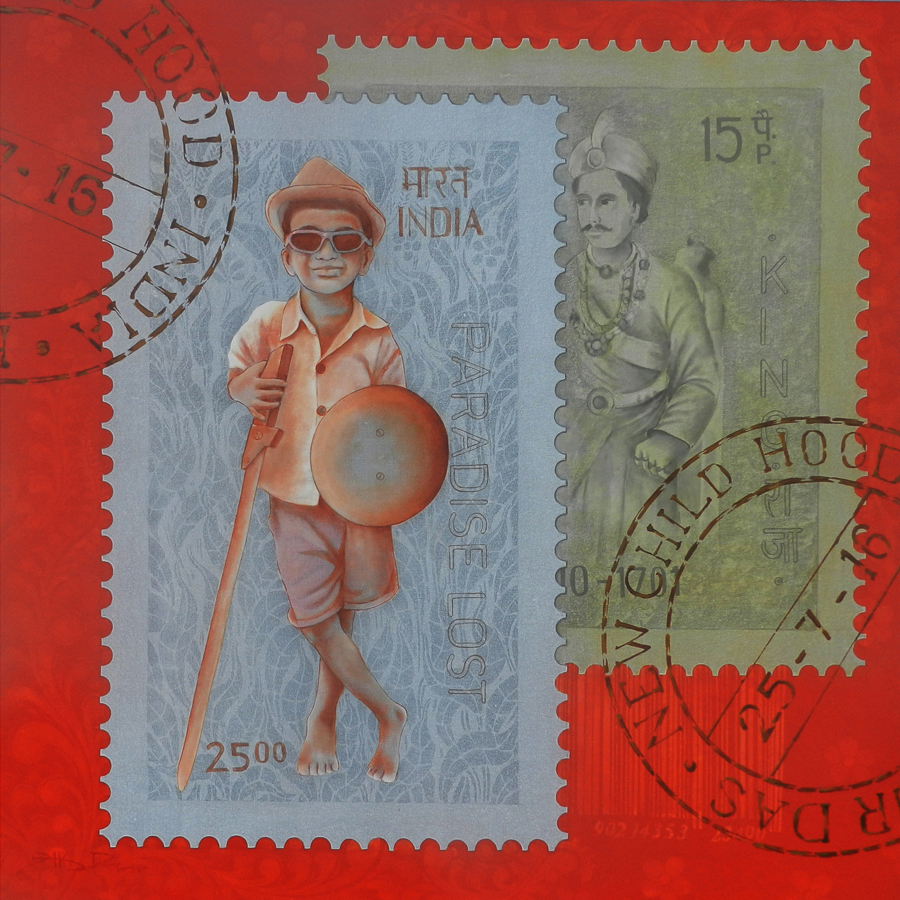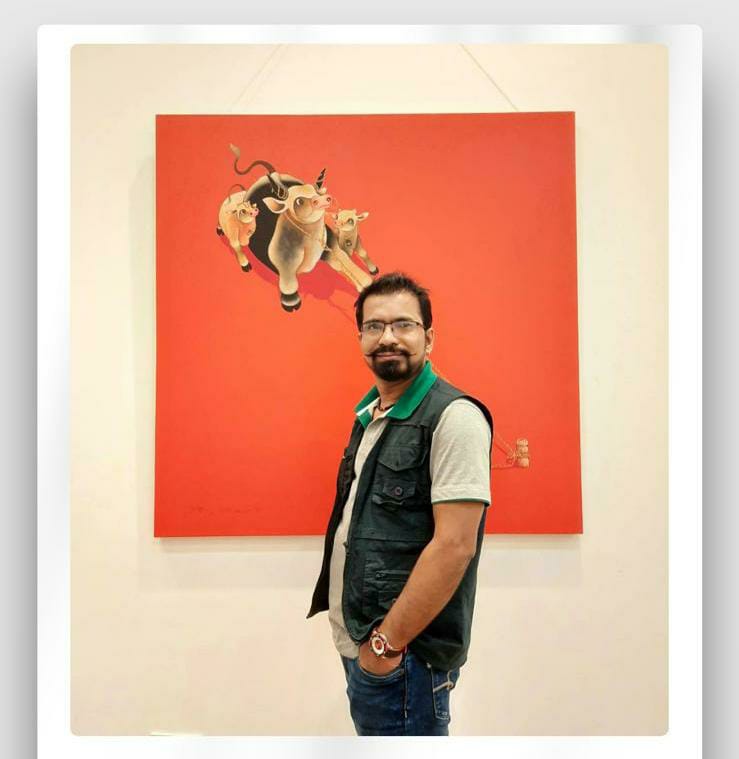H R Das
H R Das born in 1972,Itla, Purba Bardhaman (W.B) Education:M.F.A from Karnataka State Open University, Mysore, B.F.A. from Indira Kala Sangit Vishwa Vidyalaya,Khairagarh,(C.G.), B.Sc. from University of Burdwan (W.B.) Solo Shows 2017 - Love n Affection, ICA Gallery , Jaipur, 2016 - The Magnificent Bull, Lalit Kala Akademi , New Delhi, 2016 - The Bulls, Gallery Splash , Gurgaon, 2012 - Nandi, Jahangir Art Gallery ,Mumbai 2008 - Suchitrra Art Gallery, Mumbai 2008 - Jahangir Art Gallery , Mumbai 2007 - Art Entrance, Mumbai: 2006 - Bajaj Art Gallery, Mumbai 2004 - Nehru Centre Art Gallery, Mumbai. Duo Show : 2019 - Paradise Lost, Jahangir Art Gallery , Mumbai


